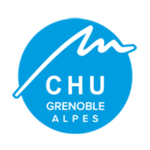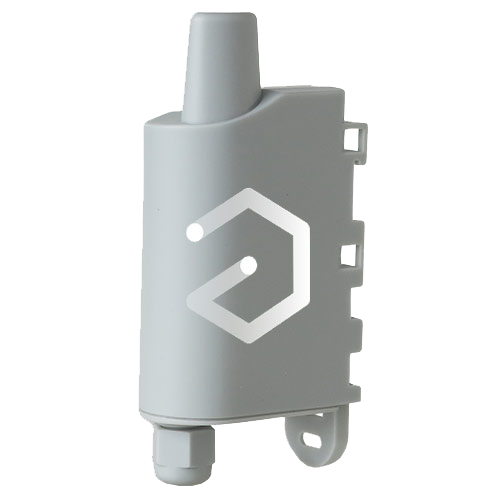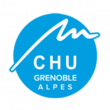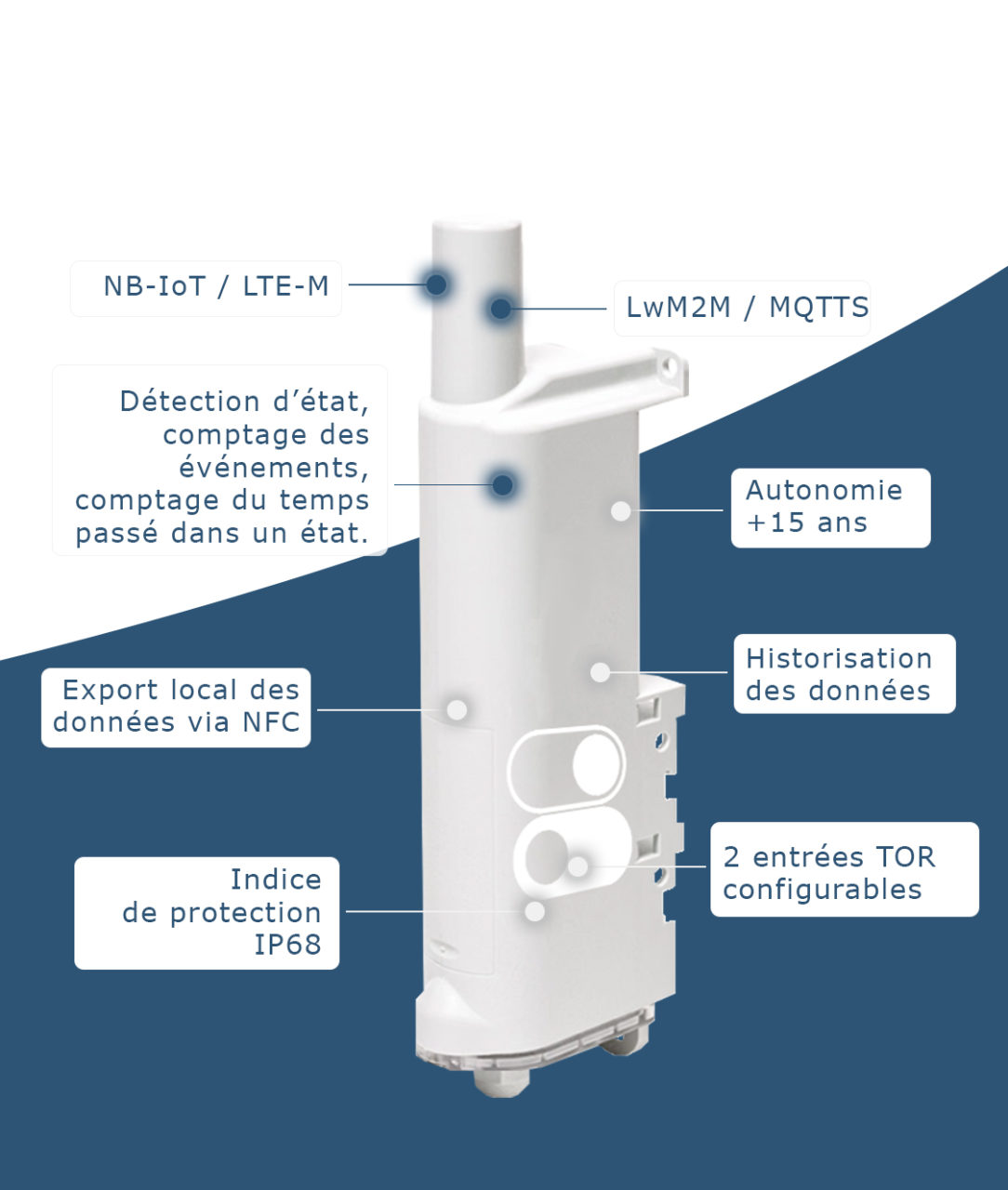Building management
GRENOBLE CHU
Ability to instrument and control different equipment quickly, inexpensively and without wiring

ID
The University Hospital of Grenoble offers 2,120 beds in its establishment.
More than 9,000 hospital staff work for patients
The operating budget amounts to 708M € in 2017.
Market: French
Business Line: Health
Type of building concerned: Hospital Center
Objective: Optimize the energy performance of the building to reduce costs.

CHALLENGE
On average, a hospital uses up to 150 m3 of water per bed per year and the losses can be very large.
Any drift in consumption must be immediately detectable so as to intervene quickly and set up predictive maintenance schemes.
Similarly, it is essential to be able to identify temperature malfunctions on sensitive areas such as storage areas or boiler rooms.
The University Hospital of Grenoble wishes to be able to instrument and control various equipments quickly, inexpensively and without cabling (Ethernet and power), without adding yet another software to that already in place (PcVue of ARC Informatique, in charge of piloting the GTB and the GTE of the site).
SOLUTION
1st phase of the project:
adeunis carries out a LoRaWAN radio coverage study of the site. This study makes it possible to identify the best position of the LoRa antenna, the zones (floors, buildings, parking …) correctly covered to allow the positioning of IoT adeunis® sensors.
The LoRaWAN architecture makes it possible to set up a private network: a single antenna at the top of a building (15th floor) can cover almost all the buildings of the site but also areas of another site about 6 km away.
-> The cost of the network infrastructure is therefore very small compared to Wi-Fi solutions.
2nd phase:
Installation of LoRawan infrastructure and sensors:
- PULSE: to carry out water meter readings on many external points of Grenoble University Hospital.
- TEMP: to detect drifts on sensitive areas such as drug storage areas.
The integration of the LoRaWAN network at the heart of the PcVue GTB makes it possible to trace the data of these sensors within the existing supervision.
3rd phase:
Exploit the data captured by adeunis by combining the power of PcVue
Creation of thresholds, alarms, synoptics, curves and archiving.
IoT equipment maintenance data: remaining battery life and sensor position in the building.

RESULTS
“Our aim is to bring intelligence to buildings by equipping them with sensors that collect essential data – water consumption, temperature, ventilation status, heating … By coupling these sensors with software operating system provided by our partner Arc Informatique, we offer technical staff means to understand, control and anticipate the operation of the building.
Frank Fischer, CEO adeunis.
The CHU benefits from savings both in the commissioning phase and in the medium term in operation.
Moreover, the installation of this LoRaWAN infrastructure makes it possible in the long term to develop many new services through the use of new sensors and the enrichment of PcVue’s functionalities.
smart building use cases
Discover other uses of IoT in connected buildings
About ARC Informatique
ARC Informatique, headquartered in Paris, is an independant global leader in HMI / SCADA software. Created in 1981 and certificated ISO 9 001 and 14 000, the company has an international presence through direct technical and sales offices in the United States, Europe and Asia. Tens of thousands of licensed copies of its PcVue SCADA are installed all over the world.
PcVue Solutions provides a flexible solution to oversee industrial processes, utilities and infrastructure. It meets industry standards for reliability, security, and performance while maintaining the user-friendliness of a desktop application. It extends the requirements of single-user standalone applications to complex client-server systems with redundancy.
29/03/2018





